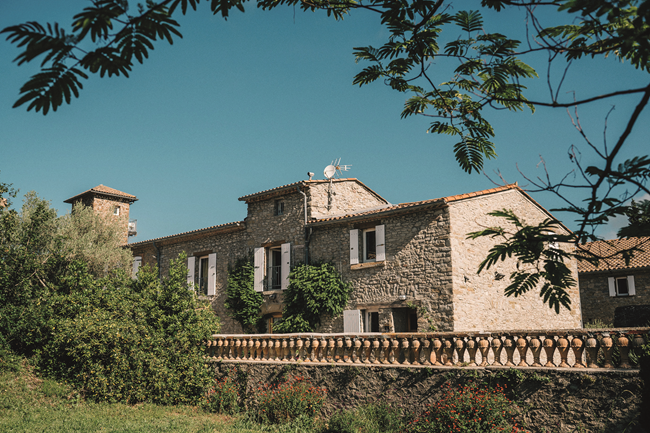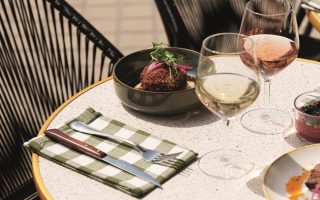Thirst for Quality in the Pays d’Oc

In the vineyards of Languedoc-Roussillon, the IGP Pays d’Oc is evolving.
Many first experienced IGP Pays d’Oc, then Vin de Pays d’Oc, in the early 1990s. The success of Aussie Chardonnay, South African Cabernet and Californian Merlot were already well established, so when Middle Britain began to declare Pays d’Oc wines “quite good, actually”, it was a real coup for southern French viticulture.
Until the 1980s, Languedoc-Roussillon‘s wines had a questionable reputation: the result of over-cropping, over-production and a virtually non-existent marketing strategy. So when Vin de Pays d’Oc was created in 1987, it was inspired by the success of New World varietal wines; while most of southern France’s Appellation d’Origine wines were blended from several varieties, which were rarely mentioned on bottle labels, Pays d’Oc decided to put grape variety centre stage.

© DOMAINE CALMEL & JOSEPH
Chardonnay, Sauvignon blanc, Merlot and Cabernet Sauvignon led the charge, as vignerons replanted less recognisable grapes with international’ varieties. Wines were made in all three colours, although red was by far the most important by volume. The wines quickly took off, turning what was then the world’s largest wine producing region into a force to be reckoned with. Over the years, tastes have changed and Pays d’Oc has adapted to suit. The pink revolution spread west from Provence into Pays d’Oc, which recently surpassed its neighbour to become France’s largest producer of rosé wines. The pink stuff now accounts for nearly a third of Pays d’Oc wines. Grape plantings of all colours have evolved here: Cabernet, Merlot, Chardonnay and Sauvignon blanc still dominate, but others have gained ground. With 58 different varieties to choose from, some vignerons are benefiting from the resurgent popularity of traditional southern French varieties, like Grenache noir, blanc and gris, Carignan, Muscat and Rolle. Others are experimenting with grapes from further afield, like Portugal’s white Alvarinho (Galicia’s Albariño), Corsica’s Nielluccio (Italy’s Sangiovese), Spain’s Tempranillo (of Rioja fame), and Alsace’s aromatic white Gewürztraminer.
Pays d’Oc’s focus on single varietals means that it is well-placed to ride the waves of fashion, as seen in the recent explosion in the popularity of Malbec. And as the sunny south of France becomes progressively warmer and drier, other more drought-resistant varieties, from countries like Greece and Italy, will undoubtedly further contribute to Pays d’Oc’s already diverse offering.

© DOMAINE CALMEL & JOSEPH
Dominic’s choice
CHOICE WINE: Pinot Noir ‘Pech Calvel’ Rouge 2020 IGP Pays d’Oc
CHOICE WINE: Grenache ‘Villa Blanche’ Rosé 2022 IGP Pays d’Oc
CHOICE WINE: Albariño ‘Sillages’ Blanc 2022 IGP Pays d’Oc
From France Today magazine
Lead photo credit : © DOMAINE CALMEL & JOSEPH
Share to: Facebook Twitter LinkedIn Email
More in French wine, Languedoc, South of France
Leave a reply
Your email address will not be published. Required fields are marked *



